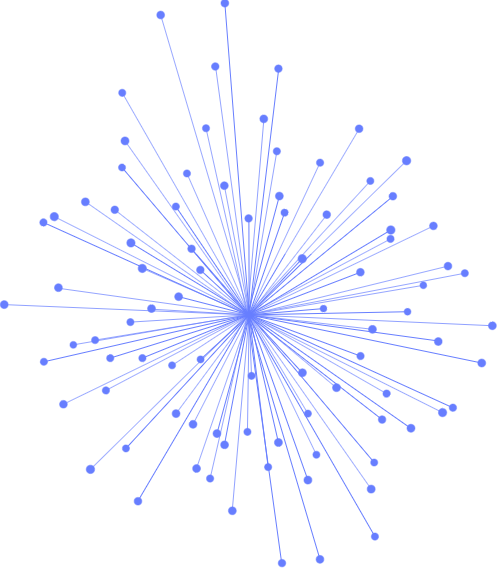
"I hadn't integrated Pandas with Python before joining my company. So it's very useful to consolidate my understanding of such skill via this course. The Jupyter notebooks provided will be a valuable resource for revising the materials and are really well laid out."
JL, Data Analyst, Python for Data Science, March 2021








A taster video for Python Remote Training
• The Anaconda distribution as Python Data Science platform
• Overview on Python virtual environment set-up
• Running Python code in Jupyter notebook
• Built-in data types in Python
• Working with strings, numbers, lists, tuples and dictionaries
• Control flow statements
• Conditional execution with if statements
• Conditional loops with where statements
• Looping over a sequence with for statements
• Defining and using custom functions
• Working with dates and times
• Accessing data on file (CSV, JSON, ...)
• Working with data in pandas
• Retrieving data in pandas
• Data manipulation in pandas
• Handling missing data in pandas
• Data Analysis in pandas
• Data Visualisation in pandas
• Working with multiple tables
• Working with text data in DataFrames
• SQL databases
• NumPy
• Data Visualisation with matplotlib and plotly
• What is Artificial Intelligence? What's up with the hype?
• Data Science vs. Data Mining vs. Machine Learning
• Machine Learning Problems and Applications
• Python Environment Set-up with Anaconda Python
◦ Jupyter Notebooks
◦ Python Ecosystem for Data Science and Machine Learning
• Learning and Prediction
• Feature Engineering
• Training data and Test data
• Cross-validation
• Underfitting and Overfitting
• Classification: predicting a label
• Algorithms for classification: k-Nearest Neighbours, Support Vector Machine and Naive Bayes
• Regression: predicting a quantity
• Algorithms for regression: Linear Regression and Polynomial Regression
• Clustering: grouping similar items
• Algorithms for clustering: k-Means, Hierarchical Clustering and DBSCAN
• Dimensionality Reduction
• Algorithms for dimensionality reduction: Principal Component Analysis
• Evaluation metrics for machine learning
• Planning an evaluation campaign on your data
• Intro to Artificial Neural Networks
• Neural Network concepts
◦ Neural Network Types
◦ Gradient Descend
◦ Back-propagation
◦ Activation Functions
◦ Loss Functions
◦ Hyper-parameters
• Neural Networks in the Wild: examples of successful applications
• Deep Network Architectures
• Deep Learning Libraries

Software developers and software engineers with a basic knowledge of Python. Data Scientists, Data analysts and Business Intelligence professionals who are new to Python.
Developers, engineers, researchers and analysts who want to start learning about Artificial Intelligence and related concepts, including Data Science, Data Mining, Machine Learning and Deep Learning. Some background in Mathematics (e.g. Statistics and Probability, Linear Algebra, Calculus, etc) will be beneficial, but not strictly required.

"I hadn't integrated Pandas with Python before joining my company. So it's very useful to consolidate my understanding of such skill via this course. The Jupyter notebooks provided will be a valuable resource for revising the materials and are really well laid out."
JL, Data Analyst, Python for Data Science, March 2021
“JBI did a great job of customizing their syllabus to suit our business needs and also bringing our team up to speed on the current best practices. Our teams varied widely in terms of experience and the Instructor handled this particularly well - very impressive”
Brian F, Team Lead, RBS, Data Analysis Course, 20 April 2022
Watch client feedback from Python training course:

Sign up for the JBI Training newsletter to receive technology tips directly from our instructors - Analytics, AI, ML, DevOps, Web, Backend and Security.
This training course provides an introduction to the core concepts of the Python language, ultimately focusing on Big Data Analytics and Machine Learning applications.
The first three days of the course introduce you to Python tools for data science, including how best to manipulate and visualise your data with Python's excellent library support.
The last two days move one step forward, providing an overview of Artificial Intelligence and Machine Learning with the purpose of implementing predictive analytics applications.
Practical exercises and interactive walk-throughs are used throughout, so attendees have the opportunity to apply the proposed concepts on real data science applications, from exploratory data analysis to predictive analytics.
CONTACT
+44 (0)20 8446 7555
Copyright © 2025 JBI Training. All Rights Reserved.
JB International Training Ltd - Company Registration Number: 08458005
Registered Address: Wohl Enterprise Hub, 2B Redbourne Avenue, London, N3 2BS
Modern Slavery Statement & Corporate Policies | Terms & Conditions | Contact Us